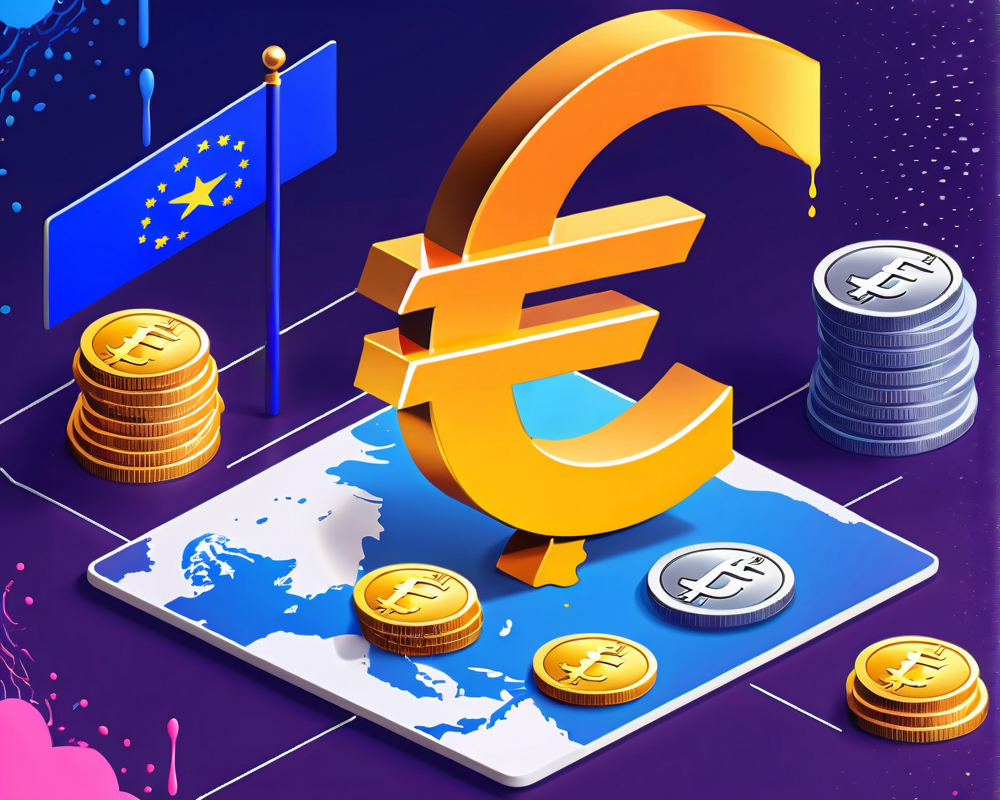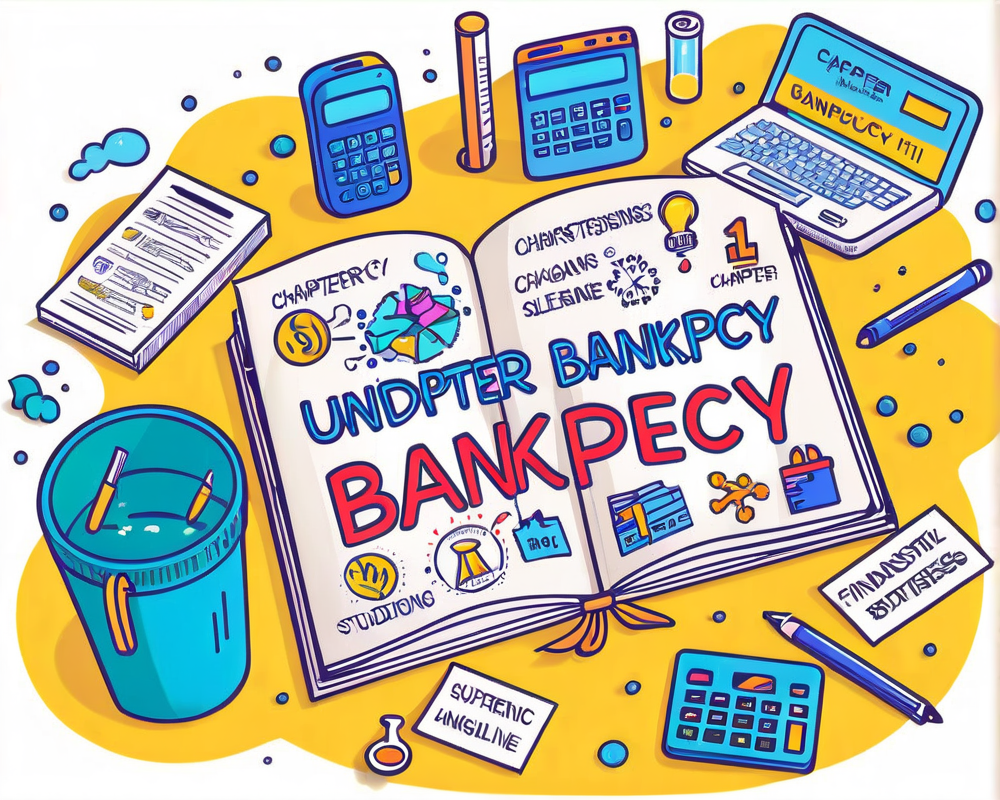Understanding Stablecoins
Stablecoins are the calm waters in the tumultuous sea of cryptocurrency, offering a sense of stability to investors. Unlike their more volatile counterparts, stablecoins aim to keep their value steady by pegging it to traditional currencies, commonly the U.S. dollar. However, euro-backed stablecoins are emerging, too, adding a bit of European flair to the mix.
The Popularity Contest: Euro vs. Dollar
When it comes to stablecoins, the U.S. dollar holds the title of the heavyweight champion. Take Tether (USDT) for example: it boasts over 70.9 billion tokens, compared to its euro-backed counterpart, Euro Tether (EURT), which sits pretty with a mere 200 million. So, what gives? Why is the euro stablecoin lagging?
The Role of Euro Coin
Euro Coin (EUROC), introduced just last year, has around 32 million circulating tokens — a humble beginning compared to USD Coin’s (USDC) staggering 42 billion tokens. While EUROC is gaining traction, it has quite a distance to cover to catch up with the greenback.
The Potential Impact of a Widely-Used Euro Stablecoin
Several experts are forecasting a bright future for euro-stablecoins. According to Danny Talwar, head of tax at a crypto tax calculator company, a widely adopted euro stablecoin could streamline transactions and provide quicker access to exchanges and decentralized finance (DeFi) platforms.
Is it All Sunshine and Rainbows?
Not quite. Despite some promising forecasts, there’s the looming shadow of heightened volatility for the euro, especially considering recent economic shifts. A stablecoin’s success is heavily reliant on consumer demand, and many seem to still prefer the dollar.
Demand Dynamics: What Do Users Want?
As euro-stablecoins gain momentum, their demand can significantly impact the financial landscape. Lucas Kiely from Yield App shares insights on the potential for euro-denominated tokens, despite the current dollar dominance. For individuals preferring to hold their euros on-chain, a euro stablecoin could provide the perfect solution.
The Balancing Act of Regulation
One key feature that can shape the future of euro-stablecoins is regulation. With the Markets in Crypto-Assets (MiCA) regulation coming into play soon in the EU, it could either open new doors or slap on restrictions. Tether’s spokesperson indicated that these regulations could positively influence the industry by establishing clearer guidelines.
Looking Ahead: Will Euro Stablecoins Find Their Groove?
So, what’s next for the euro-backed stablecoin scene? As Tether hopes to expand its offerings for emerging markets, it could lead the way for greater global adoption. If all goes well, we might soon see euro-stablecoins flourishing alongside their dollar-denominated cousins, making the crypto space a little less monolithic.




